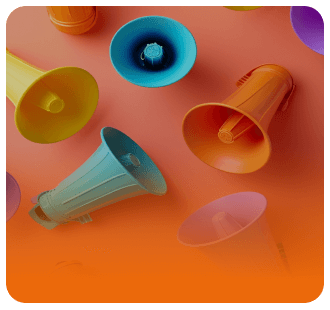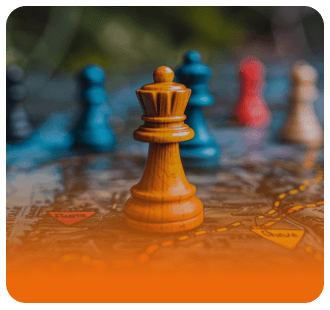
In today’s fast-paced market, the pressure to differentiate is more urgent than ever. With technology advancing rapidly and consumer preferences shifting constantly, businesses must keep up and find ways to stand out. The ability to break molds—challenging the status quo and innovating beyond conventional boundaries—is crucial for capturing attention and building a loyal customer base.
Rapid technological changes, short product life cycles, and intense competition characterize the modern marketplace. These elements demand agility and innovation. Successful brands differentiate themselves with unique value propositions (UVPs) and compelling stories. They don’t just fit into the market; they redefine it.
The Importance of Differentiation
In a crowded market, blending in can be a significant risk. Companies that fail to distinguish themselves often compete on price, reducing profitability. On the other hand, those who innovate can create a unique space in the consumer’s mind. For instance, Apple’s focus on design and user experience has set it apart in the tech industry, making its products highly desirable even at premium prices.
To stand out, businesses must:
- Identify their unique value proposition: Understand what makes your brand different and why customers should choose you over competitors. This could be based on product quality, exceptional customer service, or a unique brand story
- Leverage strengths and minimize weaknesses: Focus on your core competencies and work on areas of improvement.
- Craft a compelling brand story: A narrative that resonates emotionally with your audience can create a strong, lasting connection.
Innovation and Creativity
Innovation is at the heart of breaking molds. Encouraging creative thinking and embracing risk is essential. Companies like Tesla have revolutionized the automotive industry by pushing the boundaries of electric vehicles. This type of forward-thinking has not only set them apart but has also defined new industry standards.
Here are some strategies to foster innovation:
- Encourage experimentation: Allow employees to explore new ideas and test new approaches.
- Embrace failure as a learning process: Not every idea will succeed, but failures can provide valuable insights.
- Implement ideas effectively: Transition innovative concepts from the drawing board to the market swiftly and efficiently.
Differentiation through Design and Experience
Product and service design plays a critical role in differentiation. Customization and personalization can significantly enhance the customer experience. For example, Nike’s shoe customization options allow customers to design products that reflect their unique tastes, fostering a stronger connection with the brand.
Moreover, a seamless user experience (UX) is vital. Companies should focus on intuitive design and functionality, ensuring every customer interaction is smooth and enjoyable. A positive UX can lead to increased customer satisfaction and loyalty.
Building Customer Loyalty and Community
Creating a loyal customer base involves more than offering a great product. It requires building trust through authenticity and transparency. Companies should communicate openly with their customers, admit mistakes, and demonstrate a commitment to improvement.
Building a community around the brand can also foster loyalty. This can be done through social media groups, forums, and events where customers can connect with the brand. A strong community can turn customers into brand advocates who promote the brand organically.
Leadership and Company Culture
Leadership plays a pivotal role in breaking molds. Leaders should inspire confidence and encourage bold moves. They should also foster an innovative and agile workplace where employees feel empowered to take initiative and propose new ideas. This can lead to intrapreneurship—where employees act like entrepreneurs within the company, driving innovation from within.
Monitoring Trends and Competitors
Staying ahead in a fast-paced market requires vigilant monitoring of industry trends and competitors. Companies should also monitor emerging technologies and shifts in consumer behavior. Competitive analysis can provide valuable insights into market dynamics and help identify opportunities for differentiation.
Adapting to market changes often involves pivoting strategies. This could mean exploring new products, entering new markets, or altering the business model. Companies must be agile and willing to change course when necessary.
Case Studies and Key Takeaways
Brands like Airbnb, which disrupted the hospitality industry with its unique business model, and Netflix, which revolutionized content consumption, exemplify the success of breaking molds. These companies didn’t just adapt to changes; they drove them.
Key takeaways include:
- Innovate continuously
- Build a strong brand identity
- Stay agile and adaptable
Breaking molds in a fast-paced market is not just a strategy; it’s a necessity. The journey involves innovation, differentiation, and a deep understanding of market dynamics. By standing out, companies attract attention and build lasting relationships with customers. The rewards for those willing to take bold steps are significant, from increased market share to a loyal customer base.























